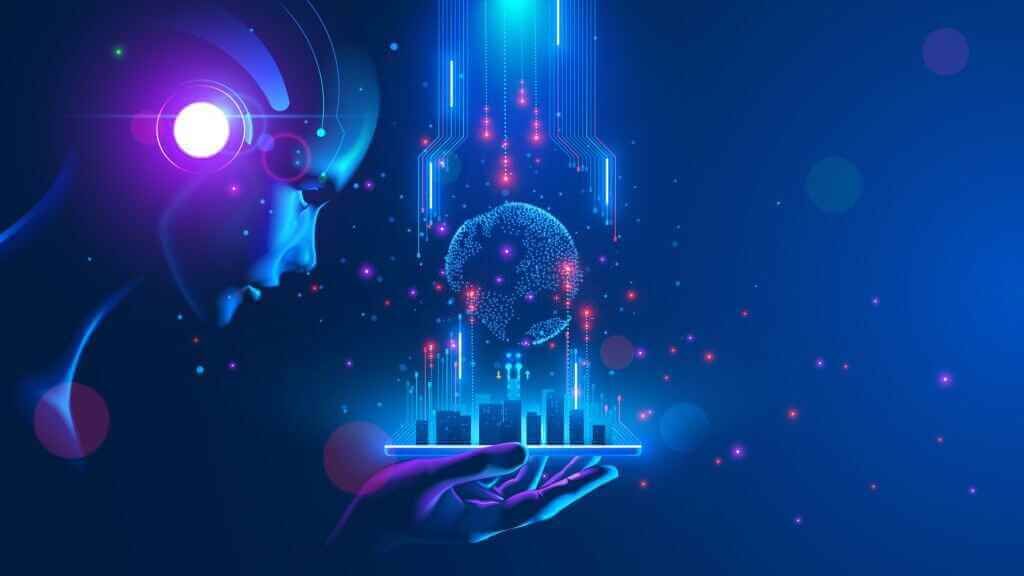According to IDC research, the worldwide spending by businesses and governments on AI technology is expected to be $500 billion in 2023. Over the last decade, AI or artificial intelligence has been embedded in almost every aspect of our lives and society. From virtual assistants to chatbots to self-driving cars and automated industrial machinery, it’s hard to ignore its impact, let alone the importance of gaining skills in this field. Equally worthy of enterprise attention and impressive are the new tools that are automating machine learning pipelines, remarkably accelerating the overall development process.
Moreover, the field of AI is now moving into many new domains like smaller devices, conceptual design, and multi-modal innovations, expanding the repertoire of AI in different industries. Therefore, it has become highly important for students and entrepreneurs to keep abreast of the latest AI technologies transforming the future.
To help you with that, in this article, we will discuss the five AI trends to follow in 2023 and be prepared for. So, without further ado, let’s dive in!
Contents
1. AutoML or Automated Machine Learning
In case you are unaware, machine learning is the branch of AI and computer science that focuses on using algorithms and data to emulate how humans learn while gradually improving its accuracy. It is one of the most important components of the growing field of data science. Machine learning has become important because it provides businesses with a view of trends in business operational patterns and customer behavior while supporting the development of new products.
This is why machine learning bootcamps have become popular among students, helping them gain experience and skills to specialize in this rapidly growing data science field and ensure a promising career. Typically, machine learning algorithms run on quantum computers and help uncover anomalies and patterns in data while providing insights that wouldn’t be possible with traditional computers.
2. AI And Conceptual Design
In the past years, AI was commonly applied to streamline processes related to image, data, and linguistic analytics. It was ideally used in healthcare and financial industries and for clearly defined manual and repetitive tasks. However, recently, OpenAI has introduced two new models, including CLIP (Contrastive Language-Image Pre-training) and DALL E, that combine images and language to generate new and better visual designs using a text-based description.
Even though this trend is new, the early work indicates how these new models can easily be trained and help make novel designs. Some of the examples include an avocado-shaped armchair created by AI after receiving the text command ‘avocado armchair.’ While this is just the beginning, the new models are likely to support the production-scale AI implementation into creative industries.
3. AI And Cybersecurity

It’s time for you to stay connected with your IT folks because this year, cyber-attacks are only getting more complex and sophisticated. Cyber-attacks have risen by a staggering 50% more than in 2021 and without showing any indication of slowing up, increasing the significance of cybersecurity and making it a priority for organizations. Today, companies need to protect their AI systems from deadly attacks while rethinking their cloud and network security.
Thus, companies are now incorporating AI into cybersecurity using log data produced from different AI systems and fed through smart security models. These models can alert and notify security teams to act in case there’s suspicious behavior. Businesses are now using AI to analyze and monitor user activities, increase security across the customer authentication experience, and identify anomalous behavior to stay ahead of cybercriminals while protecting sensitive data.
By introducing intelligent automation into security systems, organizations have been able to reduce the manual efforts required to keep their systems protected.
4. AI And Social Good
To your surprise, AI is also being used to carry out social good initiatives such as healthcare, disaster response, and environmental conservation. Today, AI algorithms are helping to predict and mitigate natural disasters, improve disease diagnosis and patient outcomes, and protect and monitor endangered ecosystems and species.
For instance, one of the great examples of this trend is Google’s DeepMind, where AI is being used for social good. The technology has been used in many ways, such as predicting patient deterioration in hospitals, which in turn helps doctors’ early intervention to improve patient care. Similarly, it is being used to predict energy consumption in data centers, which helps reduce carbon emissions.
5. Ethics Expectations And Stronger Compliance
Since AI tools are constantly learning and maturing, reaching into new aspects of our lives while relying on large amounts of sensitive and personal data to run effectively, individuals and businesses have raised concerns about what data is collected and how it is being used. Similarly, there is a concern if it is appropriately secured and disposed of after use.
In response to these concerns, organizations like OpenAI are trying to delineate their methodologies as well as data security and model training practices more clearly. The expectation of this trend will only grow among individual customers, countries, and tech leaders as they call out and question the companies’ commitment to data governance, compliance, ethical use, and security.
Also, as AI regulations like the EU’s AI Act have been pushed forward, all the AI companies are required to justify the tools created by them and what they do, let alone the energy they consume, materials they use, and the compliance and security safeguards that have been put in place to protect consumers.
Bottom Line
Since now you know the top five AI trends you need to follow and be prepared for 2023, this article still contains only a limited number of trends as the list is expanding in full swing every day and in many different fields. Thus, it can be said that AI has become a magic wand that is helping in reducing costs while automating and streamlining business processes to enhance the efficiency of future operations.
Last but not least, today’s job market is constantly changing in response to AI advancements, but the individuals who invest in AI-specific certification and training will find themselves in the most strategic position, helping them to bolster their career paths with advanced AI knowledge.




